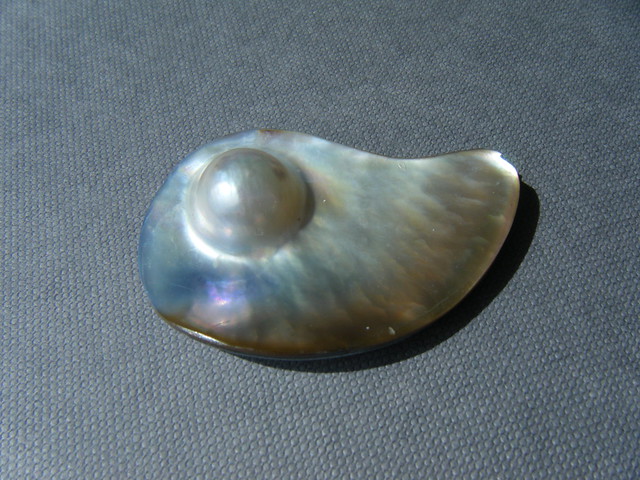
I made a study guide for my GIA Colored Stones test, and I’d thought I’d share it with you. This is a compilation of my readings, the interactive videos, as well as my full-day in Atlanta learning how to grade pearls. The photos are iPhone pictures from my work station and the hue wheel that is used at GIA to grade pearls. The above photo is my mabe pearl–this is what it looks like before they cut it out and assemble a mabe pearls.
Natural pearl formation starts when a foreign object gets inside a pearl-bearing mollusk’s shell and irritates its soft tissue. The mollusk tries to reduce the effects of the irritant by coating it with layers of nacre.
Natural pearl sources: Persian Gulf, waters of Ceylon, Chinese rivers and lakes, rivers of Europe
The decline of natural pearls began due to three factors:
- Mikimoto’s invention of culturing pearls during the 1920s
- The creation of plastic, especially plastic buttons.
- The discovery of oil in the Persian Gulf–became the area’s new focus rather than pearls, as well as polluting the pearl beds.
The modern cultured pearl process began around 1890. Mikimoto became the forerunner of the bunch with his international marketing campaign during the 1920s. During World War II, the culturing pearl industry shut down–it was until the late 1940s when things revived, and many American soldiers brought home cultured pearl necklaces home to their sweethearts from Japan.
South Sea cultured pearls > Western Australia > 1950s
Tahitian cultured pearls > French Polynesia > 1960s
Chinese freshwater cultured pearls > 1970s

Culturing Process:
Saltwater cultured whole pearl grows from a mantle tissue piece and a bead nucleus that is inserted into the host mollusk’s gonad.
- Akoya--old Japanese term for “oyster.” Akoyas are found in the saltwaters of Japan, China and Vietnam in the Pinctada Fucata oyster. Typically 2-10mm, white with a rose overtone, and excellent luster. Usually white, cream or silver in hue–there are no black akoya pearls (if so, they are dyed). Japan experienced some bad water pollution issues and millions of oysters died because of it during the 1990s. Japan is still trying to recover from such a loss in their pearl industry.
2. South Sea–found in the saltwaters of Australia, Indonesia and the Philippines in the Pinctada Maxima oyster–either silver-lipped or gold-lipped oysters (each account for the color of pearl it produces). Typically 8-24mm with a soft, satiny luster.
3. Tahitian–found in the saltwaters of French Polynesia and the Cook Islands in the Pinctada Margaritifera oyster–which is black-lipped. Typically 8-17mm with gray, dark gray, black, bluish- green, greenish-blue colors with trade names like Aubergine, Peacock and Pistachio.
Freshwater cultured whole pearls grow from mantle tissue pieces implanted into the host mollusk’s mantle.
- Chinese Freshwater–found in the riverbeds and lakes of China (also Japan and US) in a mussel. Typically 2-13mm with about 1500 tons of production, and only 2% being spherical. Takes about 2-6 years to harvest, in which one mollusk can produce up to 40 pearls at one time.
– – – – – – – – – – – – – – – – – – – – – – – – – – – – – – – –
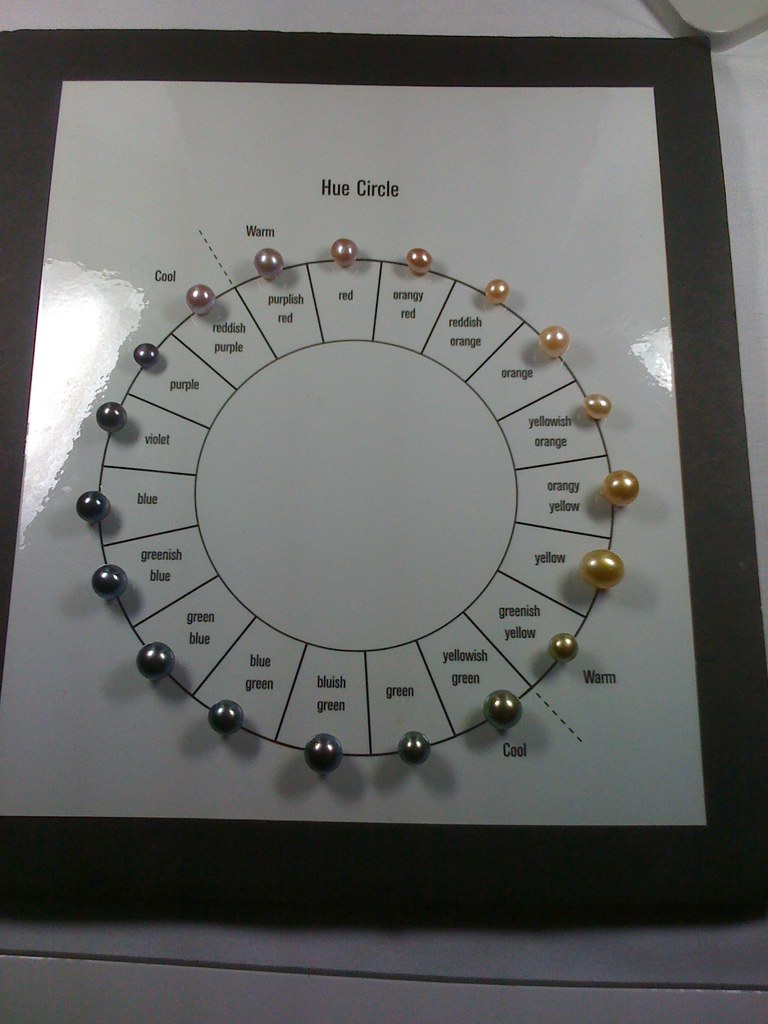
Seven Value Factors:
1. Size: bigger is better.
2. Shape: *can have circled pearls as well, like “circled drop” “circled oval”
Spherical- round or near-round
Symmetrical- oval, button or drop
Baroque- semi-baroque or baroque
3. Color: the pearl hue circle comes into play here. There are a few other characteristics, like:
Bodycolor, Overtone (if present), Orient (if present)
Neutrals–white, black and gray
Near-neutrals–cream, silver, brown
Hues–all other (fancy) colors >> Hue wheel
4. Luster: South Seas rarely have intense luster–more satiny luster. Tahitian and freshwater pearls can have an almost metallic luster. Coldwater= higher luster
Excellent–bright and sharp
Very good–bright and near sharp
Good–bright and not sharp
Fair–weak and blurred
Poor–dim and diffused
5. Surface quality:
Clean, lightly spotted, moderately spotted, or heavily spotted
Look for characteristics like: abrasions, scratches, bumps, chips, cracks, flats, gaps (areas where nacre doesn’t cover), pits, spots and wrinkles
6. Nacre quality: Looking for nacre thickness, its translucence and uniformity.
7. Matching: may be not applicable to jewelry that features only one pearl.
Excellent- uniform appearance
Very Good- very minor variations
Good- minor variations
Fair- noticeable variations
Poor-very noticeable variations
If you still would like more information, this is my favorite book on pearls:

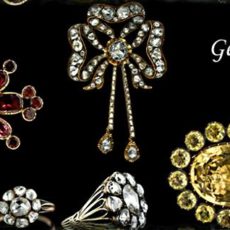
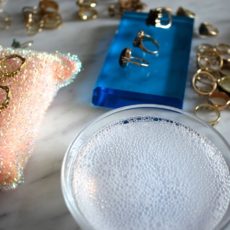
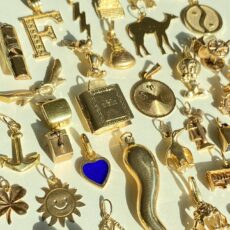
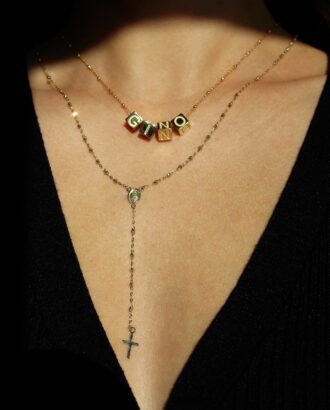
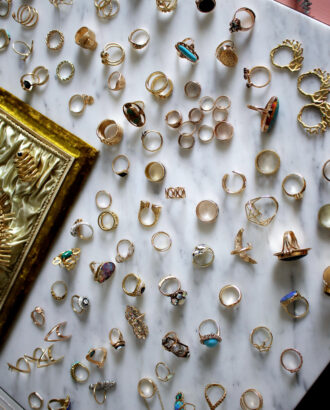
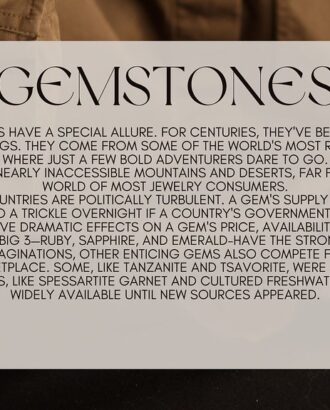
KB March 27, 2012 at 4:33 pm:
I love pearls and I have a questions for Gem Gossip…the pearls bought at the Atlanta Jewelry show…what grade and characteristics are they?
DId you know you can tell real from fake by the tooth test? Lightly scrape with your teeth, if pearl feels gritty it's real, if not, usually it's glass. I tried it on all my real and costumes – you can definately tell the difference.
KB March 27, 2012 at 4:34 pm:
I love pearls and I have a questions for Gem Gossip…the pearls bought at the Atlanta Jewelry show…what grade and characteristics are they?
DId you know you can tell real from fake by the tooth test? Lightly scrape with your teeth, if pearl feels gritty it's real, if not, usually it's glass. I tried it on all my real and costumes – you can definately tell the difference.
stephanie winston vann March 30, 2012 at 5:36 pm:
Good luck with your move and your exam! xoxo
Fresh water pearls April 5, 2012 at 10:12 am:
Fantastic jewelery with beautiful color combination.
ruby April 20, 2012 at 12:13 pm:
very informative article. If you wanna kw more about Fresh Water Pearl Jewellery, visit our website http://www.kohinoordiamonds.com/
Shop Envious Gems April 21, 2012 at 12:56 am:
I didn't realize there was so much behind the pearl industry — thanks for the share!
fashion diamond ring June 28, 2012 at 7:30 am:
Really amazing. So exciting. Must say 🙂
adil July 14, 2012 at 8:44 pm:
Nice piece of worthy information